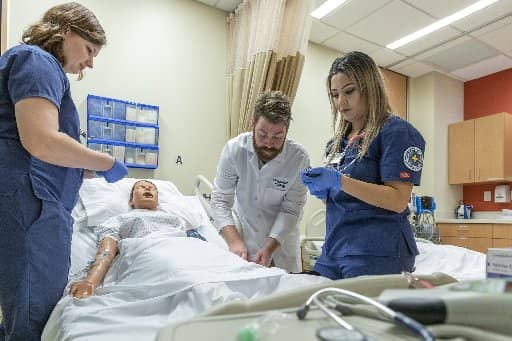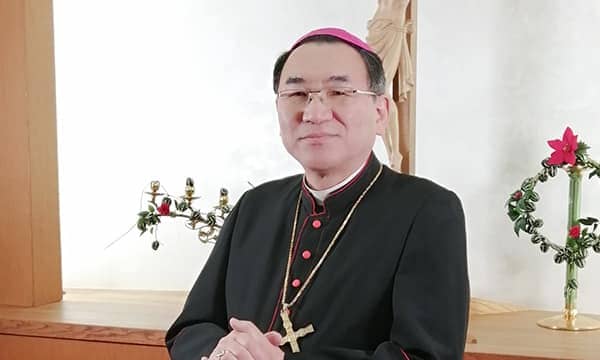Tourists from around the world helped the Vatican post improved financial results in 2014, with the government of the Vatican City State posting a $69 million surplus due in part to strong revenue from the Vatican museums and other “cultural activities.”
The Holy See, which is the central government of the Catholic Church, ran a deficit of $28 million last year, according to a Vatican statement released on Thursday, but that, too, represents improvement over 2013 when adjusted for the impact of new accounting standards.
The 2014 report, the first produced by Pope Francis’ new financial reform team, also attributed the improved results to “favorable movement in investments” — a likely reference to the weakening of the euro in 2014, and consequent gains in other currencies.
The Vatican reported that its total assets grew by slightly more than $1 billion in 2014, though that increase is almost entirely because existing funds previously kept off official Vatican balance sheets have now been included in the annual report.
In 2013, the Holy See reported a deficit of $26 million, slightly less than 2014. Thursday’s statement, however, said that number actually would have been $40.5 million, significantly higher than in 2014, had the same accounting standards been applied as were used in the current report.
Also in 2013, the government of the city-state, which administers the Vatican’s physical 108-acre territory, reported a surplus of $36 million. That means its surplus almost doubled in 2014.
Although the statement released Thursday did not contain this figure, the overall annual budget for the Holy See is generally around $300 million. The largest single expense is salaries and benefits for a staff of roughly 2,880 people.
The government of the city-state, which includes the Vatican museums, gardens, post office, and bookstore, usually has an annual budget around $250 million.
The statement also did not report overall assets and debts, but total Vatican assets are believed to be slightly less than $3 billion and its liabilities in the neighborhood of $1 billion. Many observers, however, believe the real total for assets may be significantly higher due to persistent under-valuing of the Vatican’s real estate holdings.
Much of the Vatican’s real estate holdings are utilized as apartments for employees generally rented at below-market rates, and in many cases have not been assessed at full market value for years. Some experts believe the actual value of the real estate owned by the Vatican may be 4 to 10 times higher than presently reported.
According to the statement issued on Thursday by the Secretariat for the Economy, a new agency created by Francis in February 2014 to lead a reform of Vatican finances, the numbers it reported for 2014 have been subjected to third-party confirmation and certified by an external auditor.
They do not yet, however, fully reflect the requirements of the International Public Sector Accounting Standards (IPSAS). According to the statement, it will likely require “several years” to implement that system fully.
IPSAS are a set of accounting standards issued by the International Public Sector Accounting Board for use by public entities around the world, including national and regional governments, in the preparation of financial statements. They’re recognized both by the United States federal government and the Council of Europe.
The statement indicated that based on projections for the coming year, “the deficits experienced in recent years are likely to continue in 2015.”
The statement said that Australian Cardinal George Pell, who heads the Secretariat for the Economy, presented these financial reports at a Tuesday meeting of the Council for the Economy, a new oversight body also created by Pope Francis and presently led by Cardinal Reinhard Marx of Munich, Germany.
Overall, Pell told Crux that he believes the new financial statement indicates “we’re off to a good start.”
“So many elements are now in place that the process [of reform] is irreversible,” he said in a phone interview on Thursday. “We’re committed to transparency and modern accounting standards.”
Pell also credited Pope Francis for backing the effort.
“We couldn’t have done this without the pope’s full support,” he said.
Despite impressions of resistance to financial reform and transparency in some quarters of the Vatican, the statement applauded “high levels of interest and cooperation” internally in the new standards, and a “strong commitment to implementing the financial reforms approved by the Holy Father.”
Officials say this will be the only financial statement released for 2014.
Going forward, future financial statements will include the financial situation of an expanded number of Vatican-related organizations, such as papal foundations, which now fall under the purview of the Council for the Economy.
In all, according to the Thursday statement, there are now 136 entities on that list, as opposed to the 65 covered in 2014, though most of the other outfits do not have a significant financial footprint.
On background, officials involved in the financial reform say the 2014 results confirm the need for a review of Vatican investment practices, since each year the results tend to be heavily dependent upon fluctuations in the market rather than reflecting a strategy that to some extent can insulate investors from unpredictable ups and downs.













